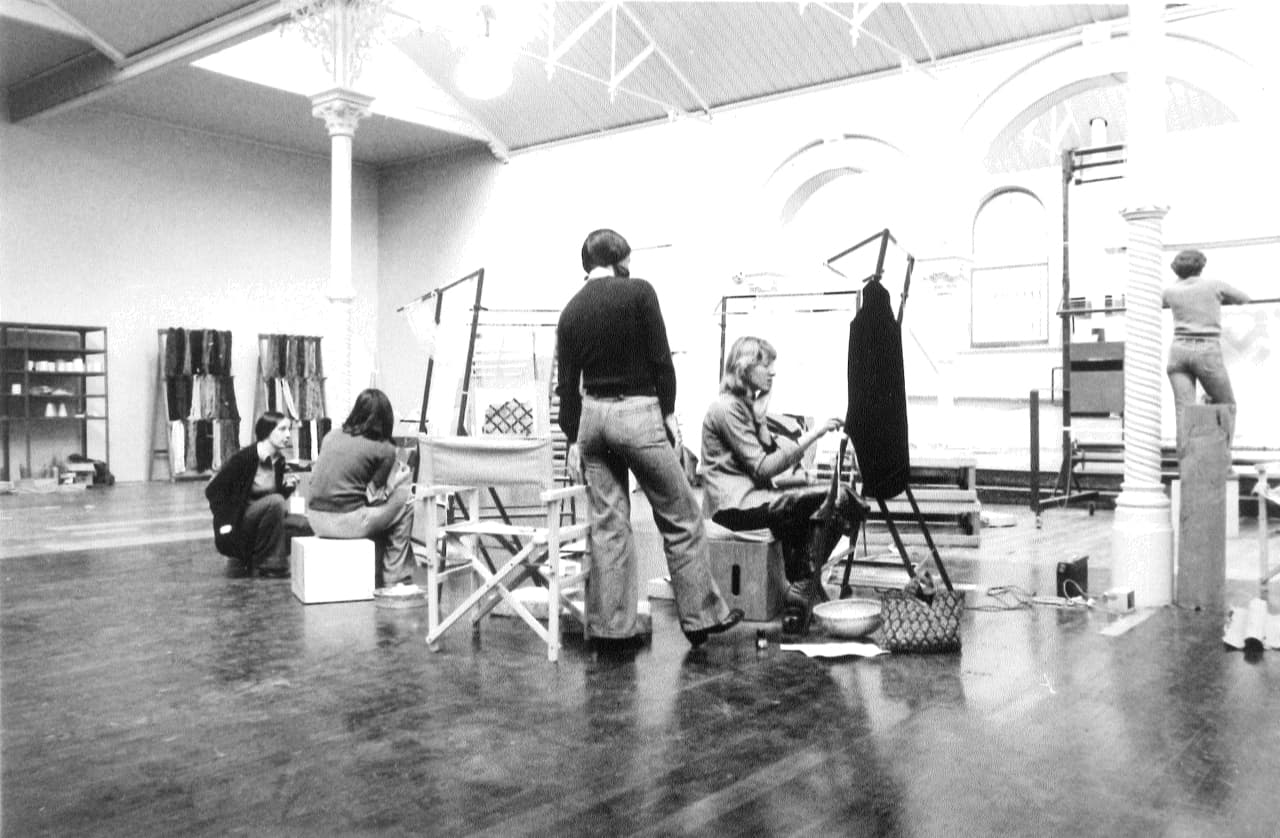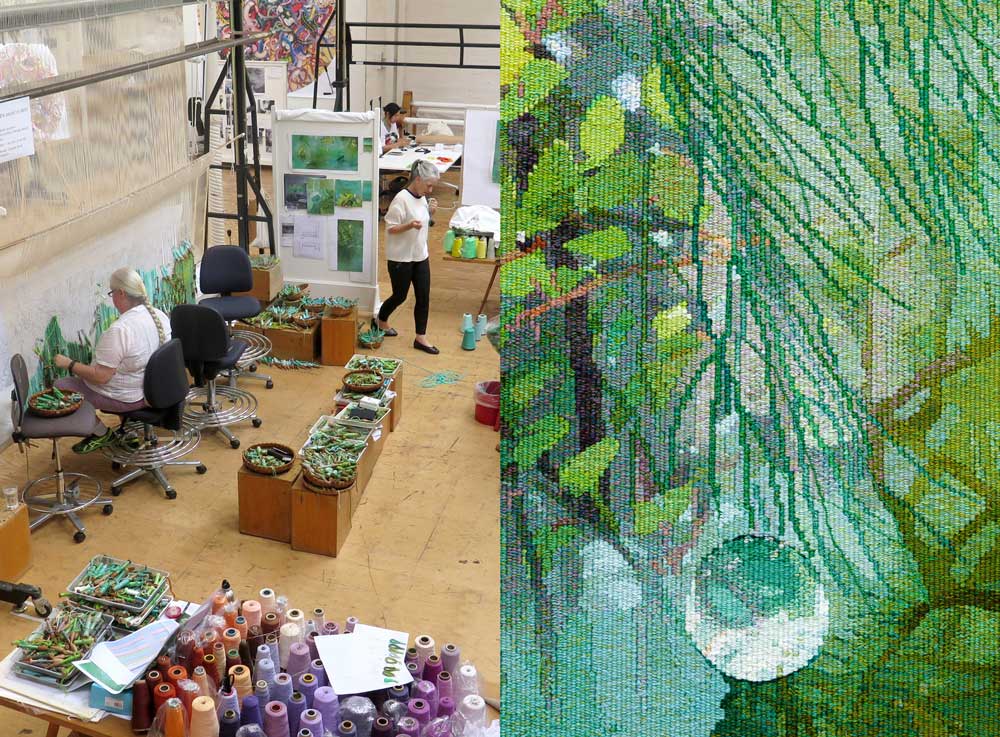History of the ATW



Since its establishment in 1976, the Australian Tapestry Workshop (ATW) has built a worldwide reputation for the creation of contemporary tapestries in collaboration with living artists and architects. During this time the ATW has woven over 500 tapestries, which hang in significant public and private collections both nationally and internationally.
Prior to the opening of the ATW, strongly influenced by the revival of tapestry in Europe, Australian artists had been sending their tapestry designs to well known international workshops such as Aubusson, France and Portalegre in Portugal since the 1960s. Artistic enthusiasm for the tapestry medium, in combination with the emergence of the studio crafts movement, including that of many independent weavers, inspired a dedicated committee of like-minded enthusiasts of a broad professional context and to explore and make an argument for the establishment of a tapestry workshop in Melbourne, Australia. The committee explored the feasibility of such a project – interviewing artists and weavers as well as visiting international tapestry workshops. They found the most influential of these to be the Dovecot Tapestry Studio, Edinburgh and considered its artistic philosophy of shared creative endeavour to be the most appropriate for this unique Australian venture. Based on the Dovecot model, the ATW was founded on the principle of collaboration and interaction between artist, weaver and dyer.
Over 47 years this commitment to a collaborative approach has been skilfully developed by the ATW to the highest professional level and is maintained as a constantly evolving creative process. Free from the constraints of tradition, ATW tapestries are known for their vibrancy and technical accomplishment, as well as their innovative experimental interpretations. Today the ATW thrives on working with contemporary artists who seek to challenge the ATW's weavers and dyer by providing tapestry designs in various mediums including photography, painting, watercolour, ceramic, collage and digital images.
Through the vision of many clients and supporters the ATW has had the opportunity to collaborate on tapestries designed by many leading Australian and international artists and architects including; Guan Wei, Janet Laurence, Jørn Utzon AC, Ginger Riley Munduwalawala, Keith Tyson, Daisy Andrews, Roger Kemp OBE AO, Justin Hill, Sally Smart, Brook Andrew, Bronwyn Bancroft, Frank Stella, David Noonan, Elizabeth Marks Nakamarra, Arthur Boyd AC OBE, John Young, Yvonne Todd, Imants Tillers, Nell, John Wardle and John Olsen AO OBE.
ATW tapestries can be found across Australia at leading institutions such as the National Gallery of Australia, National Library, Sydney Opera House, Arts Centre Melbourne and many other cultural institutions, as well as at prominent government locations including Parliament House and the Australian War Memorial in Canberra. ATW tapestries are also held in many corporate and private collections, and appear internationally, including in nine Australian embassies worldwide.
As the only workshop of its kind in Australia and one of a handful in the world dedicated to the creation of hand-woven tapestries, it is the ATW’s mission to ensure that the art of tapestry weaving is kept alive and thriving for generations to come.
